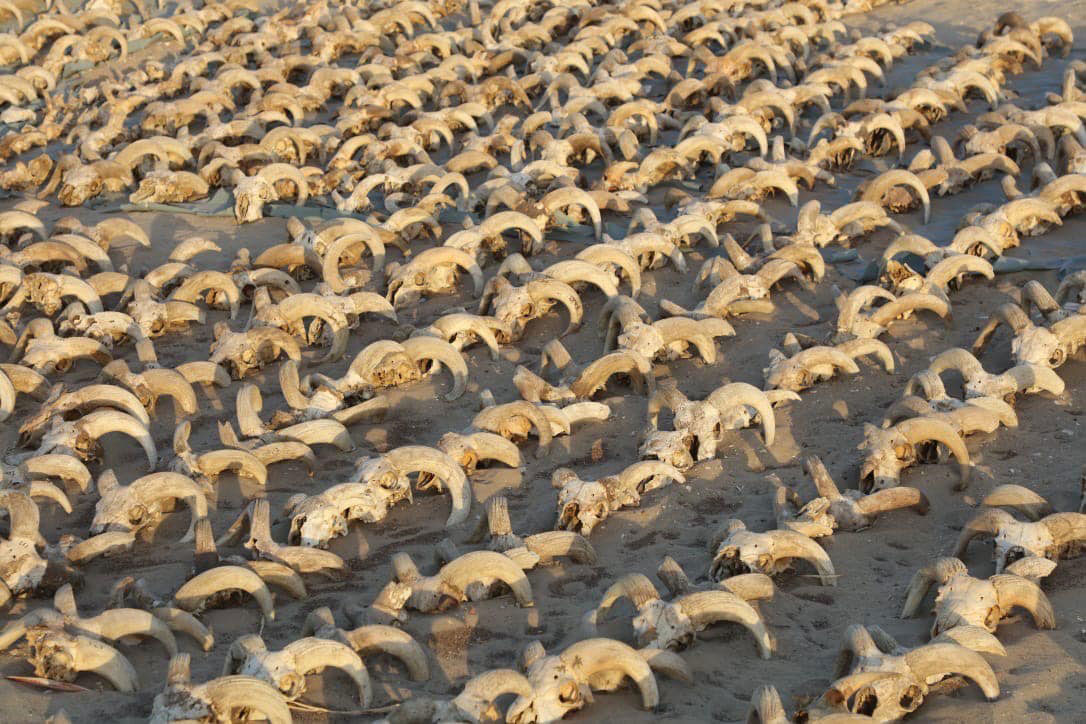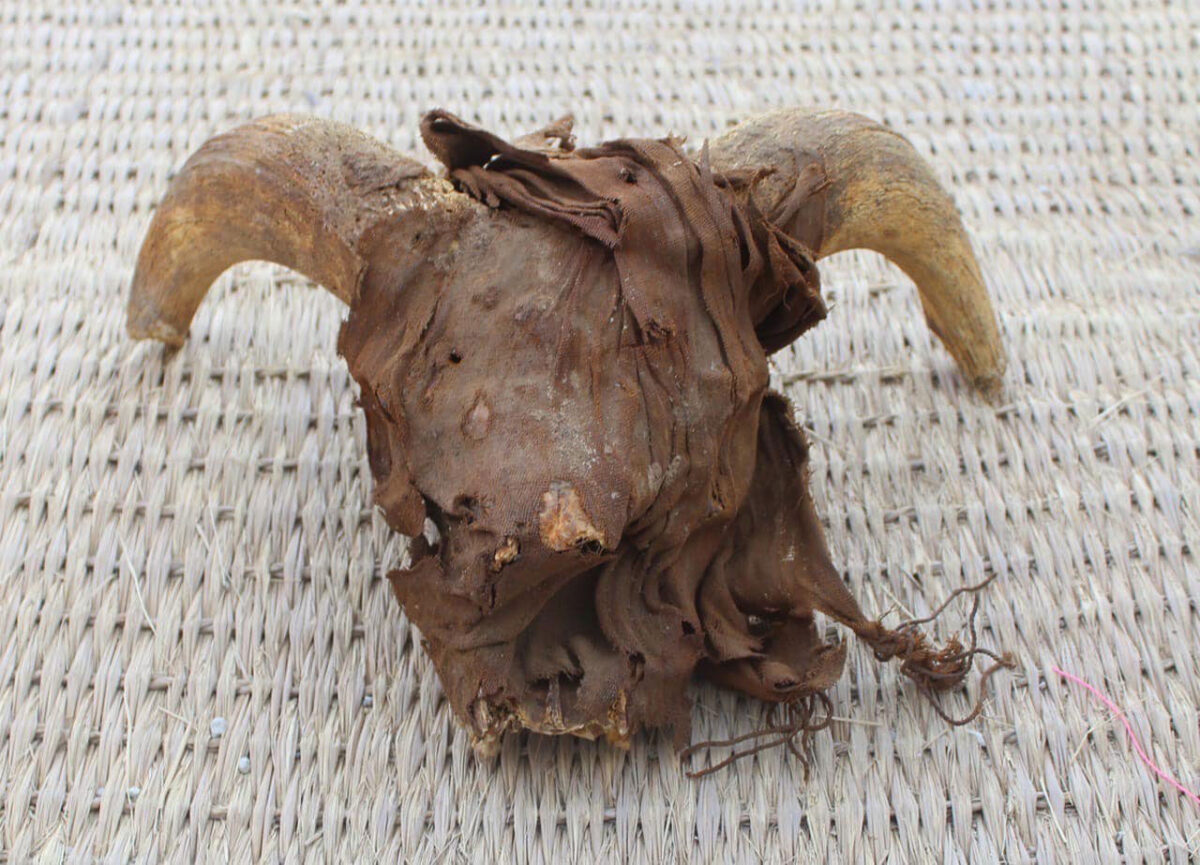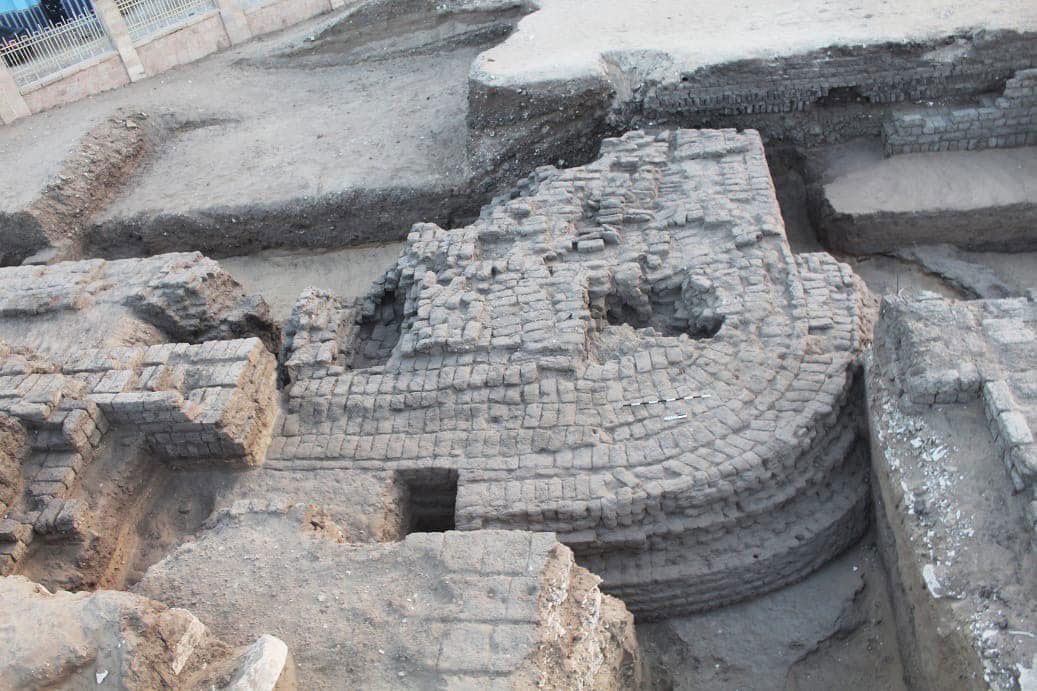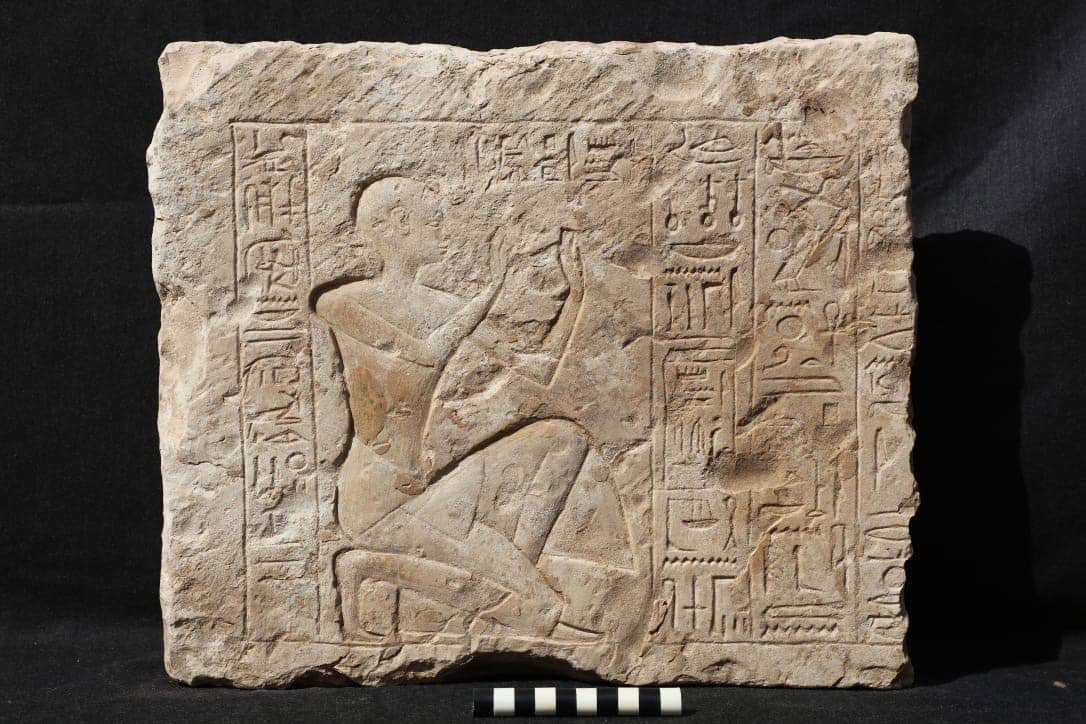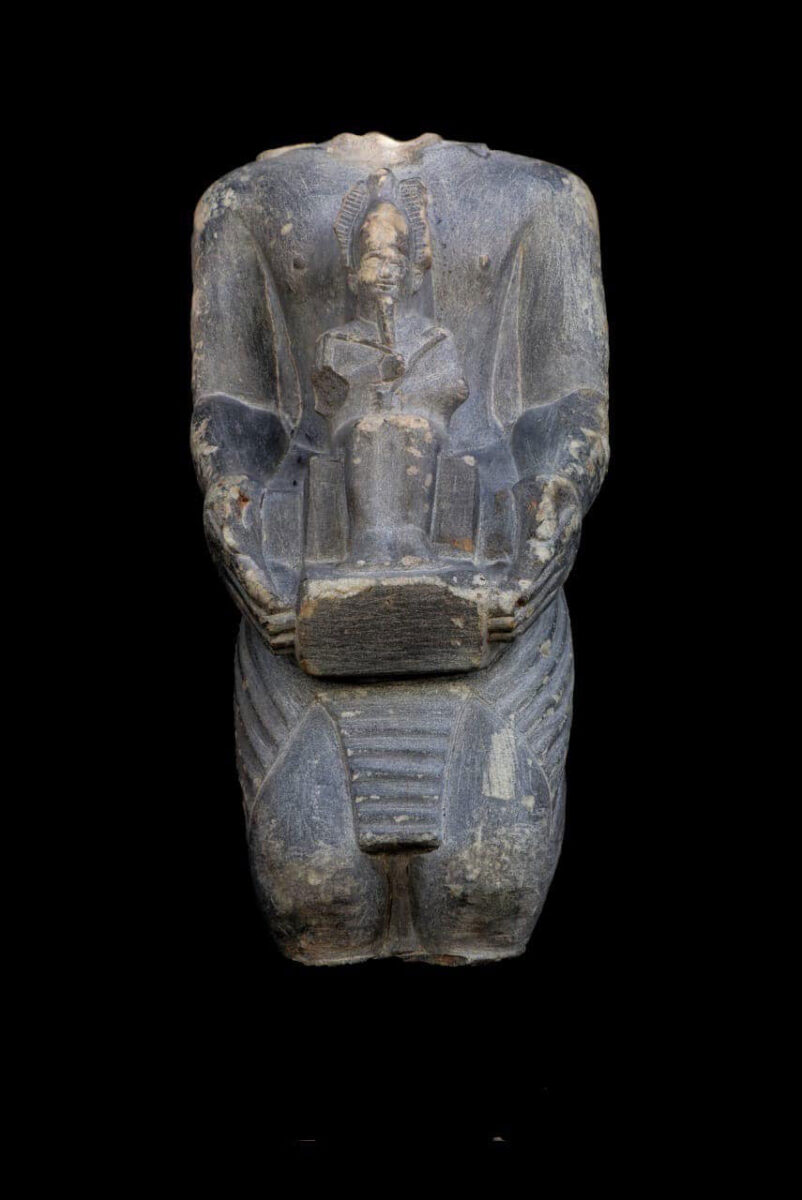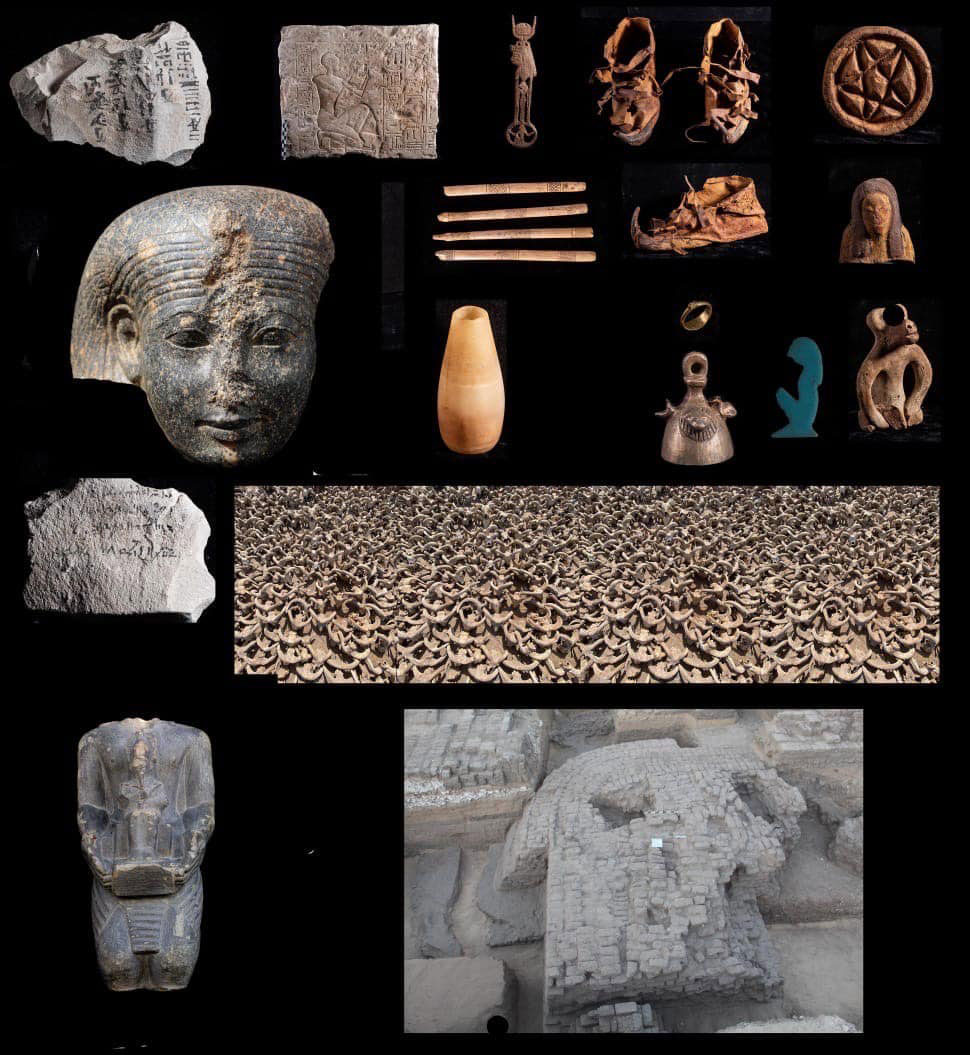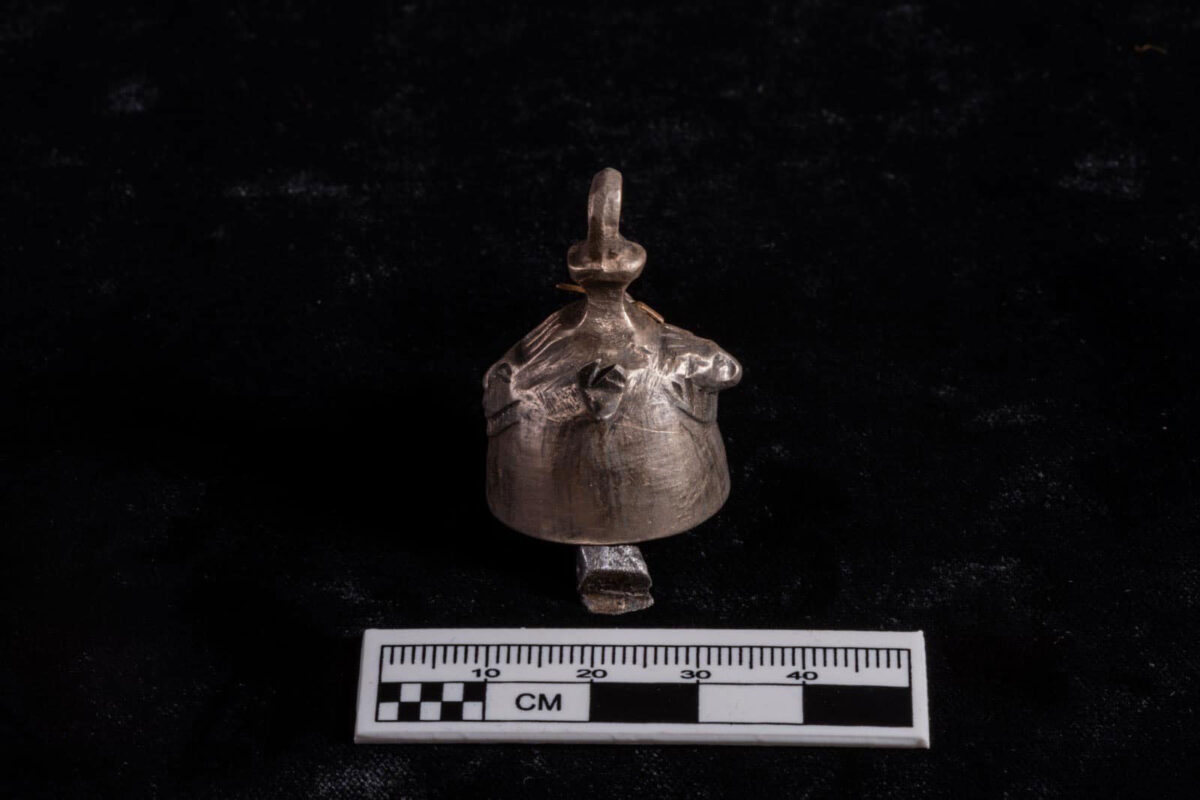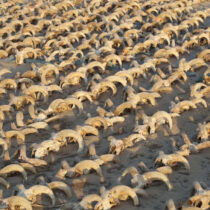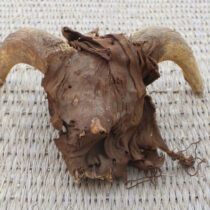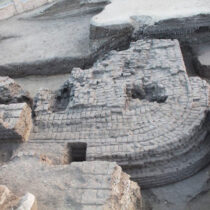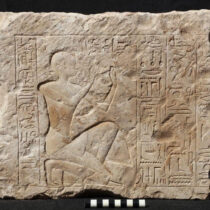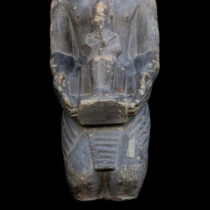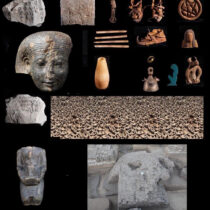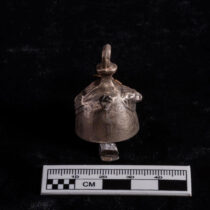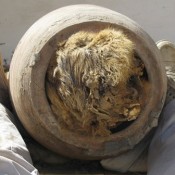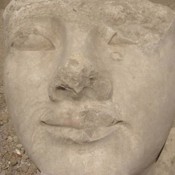The American archaeological mission of New York University, working in the area of the temple of King Ramses II in Abydos, has uncovered more than 2,000 mummified rams’ heads dating back to the Ptolemaic era, in addition to a huge building from the 6th Dynasty.
This was stated by Dr. Mostafa Waziri, Secretary General of the Supreme Council of Antiquities, stressing the importance of this discovery, which unveils important details in the life and history of the Temple of King Ramesses II in Abydos and the surrounding area. He added that next to the rams’ heads, the mission also uncovered a number of mummified animals, including a group of ewes, dogs, wild goats, cows, deer, and mongooses. These were found placed in one of the newly discovered storage rooms inside the northern area of the temple.
For his part, Dr. Sameh Iskander, head of the mission, indicated that the discovery of this large number of mummified rams may have been used as votive offerings during the practice of unprecedented worship of rams in Abydos during the Ptolemaic period. In addition, the discovery indicates that Ramesses II was revered in Abydos a thousand years after his death.
The 6th Dynasty building is characterized by a different and unique architectural design. Ιt is distinguished by its huge thick walls, which are about 5 m. wide, pointing out that this building will contribute strongly to reconsidering and thinking about the activities and architecture of the Old Kingdom in Abydos. In particular, the newly excavated building helps experts to understand the form of the site and the nature of the activities that were taking place there a thousand years before the establishment of the temple by Ramesses II.
Professor Mohamed Abdel-Badei, head of the Central Department of Upper Egypt Antiquities at the Supreme Council of Antiquities, added that the mission also uncovered parts of the temple enclosure’s northern wall and associated buildings, clarifying the limit of the temple’s domain and calling for a reassessment of what researchers believe on the site’s plan, since the first research 150 years ago. Portable finds from the latest excavation season include fragments of statues and papyri, remains of ancient trees, clothes, and leather shoes. The mission will complete its excavation work at the site to reveal more about the history of this site and to study and document what was revealed during the current excavation season.
Abydos was the cultic center of Osiris, King of the Underworld but also the home to the burials of some of Egypt’s earliest rulers. At least from the early Middle Kingdom, the worship of Osiris at Abydos was expressed in a form of an ancestral cult that extended to former kings as well as nonroyal ancestors and was expressed by a grand ritual procession that stopped in designated sacred spots, the dedication of stelae in memory of deceased loved ones but also the offering of mummified animals. The 19th Dynasty Kings Seti I and Ramesses II, father and son respectively, built one temple each, in order to consolidate the royal ancestral cult in the area, which had already been one of the earliest recorded cases of a mass public pilgrimage.
Source: MoTA Egypt
